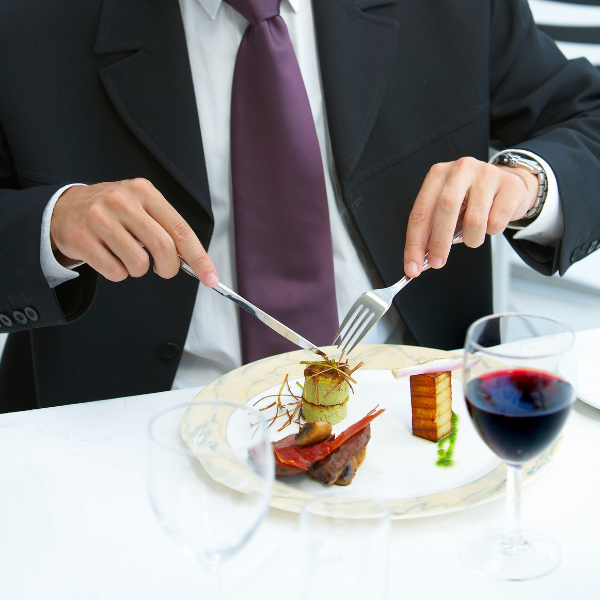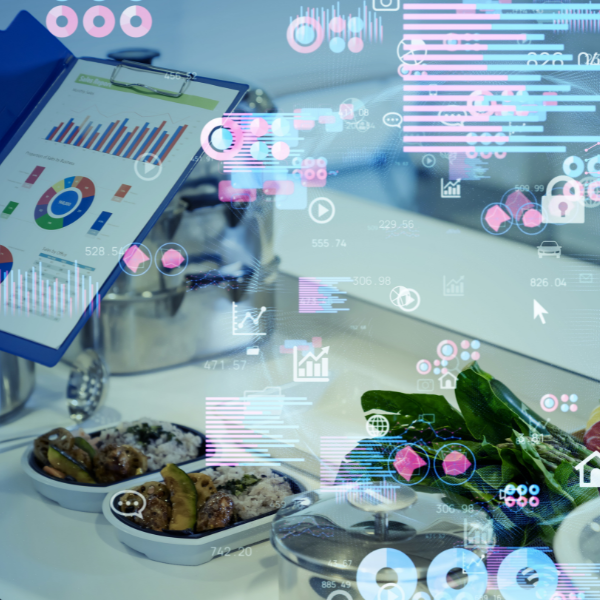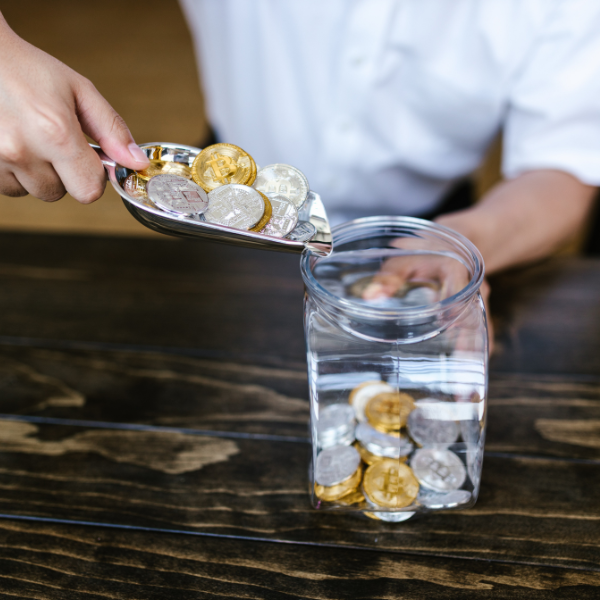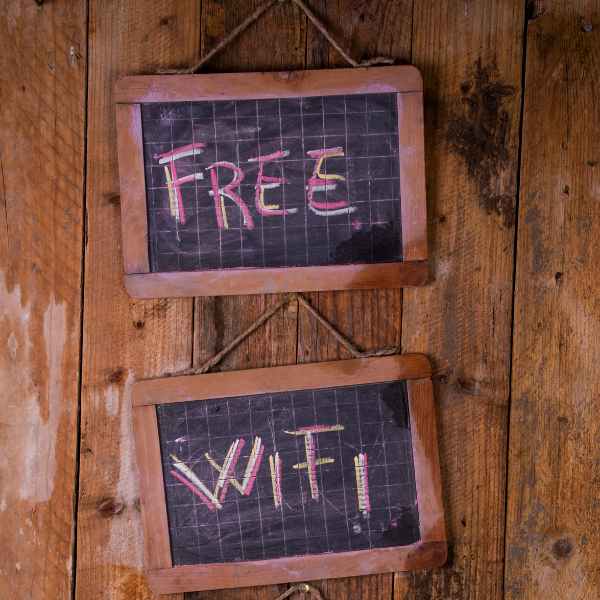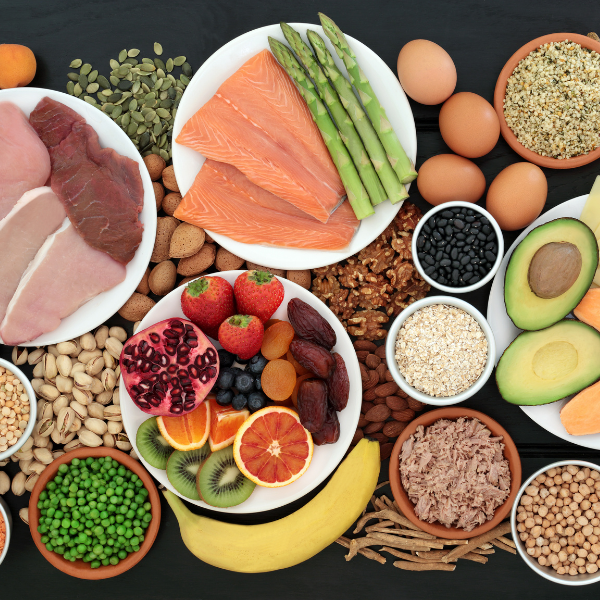Stats Of The Week
The State Of The Industry
A recent report from the U.S. Bureau of Labor Statistics shows that leisure and hospitality employment improved in September while the food and beverage employment remained 2.3 million jobs under levels in February. Bruce Grindy, chief economist for the National Restaurant Association, said that the restaurant industry saw healthy gains in the immediate aftermath of the government-mandated lockdowns but had seen job growth slow in August. Grindy said in a report that eating and drinking places added a net 133,600 jobs in August after adding nearly 3.5 million jobs during the previous three months. The report showed in August that staffing gains tapered off in 14 states with the top states experiencing the largest amount of restaurant job losses as California, Florida, New Mexico, Tennessee, South Carolina, and Alaska.
States Differ On Whether To Reclose Or Reopen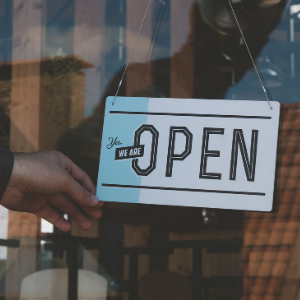
As COVID-19 cases spike again in most states, each state has had its own plan of how to combat the virus and is deciding whether or not to extend or restrict businesses. New York was once the epicenter of the pandemic and successfully lowered their positivity rate to below 1% for weeks through strict guidelines. Now, 20 ZIP codes in the state, including Queens and Brooklyn, have become hotspots in the state with a positivity rate of 5.8%. These segments of the state have reverted to schools closing and restaurants moving back to only take out or delivery. However, other states are gradually loosening restrictions and some are operating at full capacity. San Francisco has become one of the first California counties to reopen indoor dining at 25%. Texas has reopened bars and Washington is increasing capacity restrictions. Indiana and Florida have allowed all restaurants and bars to open at 100% capacity.
What’s Trending
NY Officials Cause Confusion Over Shutdowns
After just eight days of restaurants in NYC being able to offer indoor dining since April, some restaurants were required to go back into quarantine mode and only offer take out or delivery. NY Governor Andrew Cuomo created a new “Cluster Action Plan” that segments the state in red, yellow, or orange zones. Restaurants in the red zone are not allowed to seat customers for indoor or outdoor dining, the orange zone allows a limited number of customers for outdoor dining only, and the yellow zone allows customers for both indoor and outdoor dining at limited capacity. Governor Cuomo and NYC Mayor Bill de Blasio clashed with their plans to shutdown segments of the city. De Blasio originally issued that restaurants in certain ZIP codes must close which Cuomo rejected citing that the model was not targeted enough.
“I did hear from some restaurants that they believed they would have been shut down over the zip code strategy but are able to stay open fully or at a more limited capacity, not a full shutdown, because of the zone strategy,” Andrew Rigie, executive director of the New York City Hospitality Alliance, said to Restaurant Dive.
The Top Ways Diners Are Ordering Food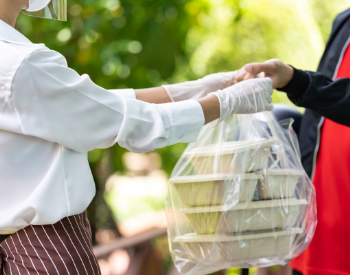
At the beginning of the pandemic restaurants and diners had to adapt to life without dining in as an option. Now, more than six months into the COVID-19 crisis and restaurants reopening dining rooms, customers still prefer off-premise options and digital ordering rates are slowing down compared to earlier in the year. Research shows delivery orders are split between customers placing them directly through a restaurant or a third-party service and Gen Z continues to order through online channels. Though the majority of states are allowing restaurants to open their dining rooms, research from Technomic shows off-premise options are the more popular option. Drive-thru leads the way with 68% of consumers were most likely to use it, followed by take out with 63%, and curbside pickup with 48%.
Digital orders are slightly decreasing due to more people choosing to dine in. In April, digital orders accounted for 20% of restaurant visits while in August, digital orders dropped to 17%, according to The NPD Group. Earlier in the year, when restaurants only had the option to offer take out or delivery, many created online ordering through their channels to help streamline the process and avoid hefty charges from third-party companies. Customers have taken notice of this shift. Recent studies show that ordering directly from a restaurant is just as popular as ordering through a food delivery service. In July, 43% of consumers ordered directly from a restaurant while 37% ordered from a third-party food delivery service, according to research from The Manifest. Gen Z consumers are most likely to order online for pickup or delivery with 9% of the younger generation ordering via an app or website compared to 6% of overall consumers, according to research from Technomic.
The SBA Launches An Easier PPP Loan Forgiveness Application
Last Thursday, the Small Business Administration reduced its loan forgiveness application for PPP borrowers from 12 to 2 pages. This new design is targeted to streamline the application process for small businesses that borrowed less than $50,000. Borrowers are now required to provide fewer calculations and less paperwork to be approved for loan forgiveness. The covered loan period is close to ending and this consolidated version is designed to make the forgiveness process easier for both borrowers and lenders.
“We are committed to making the PPP forgiveness process as simple as possible while also protecting against fraud and misuse of funds. We continue to favor additional legislation to further simplify the forgiveness process,” U.S. Treasury Secretary Steve Mnuchin said in a public statement.
Grocers Incorporate Ghost Kitchens Into Their Stores
As the popularity for ghost kitchens continues to soar during the pandemic, grocery stores are joining restaurants in bringing a ghost kitchen to their establishments. Kroger, the largest grocery store chain in the U.S., is looking to take advantage of consumers opting for online ordering by adding a ghost kitchen to their stores. Kroger has teamed up with ClusterTruck, a restaurant technology firm, to open restaurants that only offer food for pickup and delivery. Each on-premise ghost kitchen will measure approximately 1,000 square feet and be operated by ClusterTruck. Through online ordering or kiosks at the stores, customers can select from 80 menu items prepared by ClusterTruck staff. Kroger is hoping that offering prepared fresh foods will help attract customers that are opting to order delivery and eating at home.
Third-Party Apps Update Their Look To Improve User Experience
With many restaurants counting on third-party food delivery services to attract customers, some of these
services are revamping their look to help customers discover restaurants near them. Uber Eats is
launching a new look to their app and website in the coming weeks that will contain more information
including enhanced pickup maps and user ratings for nearby restaurants. There will also be new features
that provide instant access to a customer’s preferred cuisine and new merchants like grocery stores,
butchers, flower shops, and pet supply stores. Uber Eats said in a company blog post that their consumer
testing found that their delivery experience was fast, but users had a difficult time reaching the
ordering stage. The company predicts these updated and new features will help increase usability and
benefit restaurants with more orders.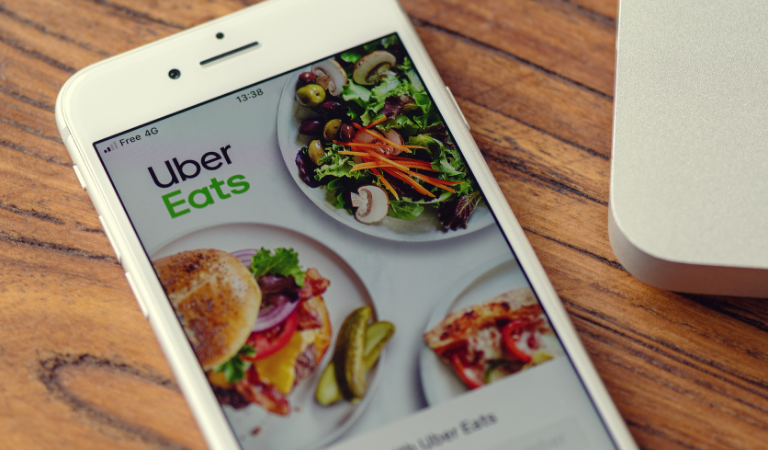
Photo credit: PhotoGranary - stock.adobe.com
Bright Spots In A COVID-19 World
Celebrities Come Together For A Charitable Cause
Jack Black, Jamie Lee Curtis, and Danny Trejo are a part of the lineup for the Los Angeles Times first-ever Food Bowl: Takeout and Give Back Cook-A-Thon. The online fundraiser is in partnership with World Central Kitchen with proceeds going towards hunger relief for those impacted by the pandemic. Viewers will get to see appearances from well-known chefs like Chef José Andrés who will deliver a cooking demonstration and Chef Greg Dulan will share his tips and tricks for cooking fried chicken and Australian seafood. Other familiar faces will make an appearance like Alice Waters, Dominique Crenn, Eric Ripert, and more. The event is aimed to encourage viewers to support restaurants in Southern California and raise awareness for food relief efforts.
Locals Join Forces To Save A Beloved Bistro
Moonstrone Bistro in Redding, CA was preparing for the worst, like so many restaurants, and facing the possibility of permanently closing due to the effects from the pandemic. Local officials were reverting restaurants back to only offering outdoor dining to help reduce the spread of the virus. Moonstrone Bistro owners, Che and Tonya Stedman, thought the only way they could survive this would be by expanding their patio which would be roughly a $32,000 project. Unbeknownst to the owners, their loyal customers banded together and created a GoFundMe page for the bistro and within 24 hours raised $16,000. Local businesses also helped out by donating materials for outdoor expansion and architectural and engineering work. The restaurant is now utilizing these funds and materials in the hopes of surviving through further restrictions.
Quote Of Hope
“I see chefs using their kitchens and their spaces to cook for our most vulnerable populations, they are literally putting their bodies on the lines. Chefs are doing what they do best, and that is feeding people.” - Devita Davison, executive director of FoodLab Detroit


